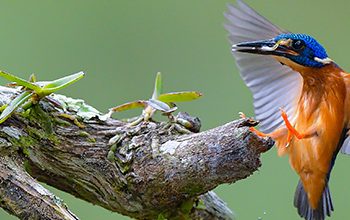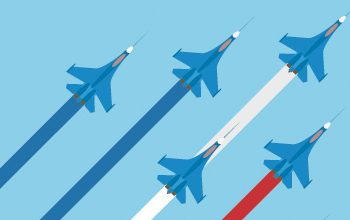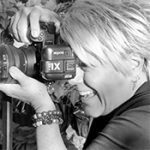There are many elements that go into photographing a live-action sports game successfully. The speed of most sports can make it critical that you understand the game so you can anticipate what, where, and when to hit the trigger.
Getting the best location is not always easy or possible. Especially when there’s a crowd of other photographers. And while you can’t control the action, you can be prepared to get the best possible shots using these guides –
Use a fast shutter speed: This helps freeze the action and capture sharp images of fast-moving subjects. Also, anticipate the action: Familiarize yourself with the sport you’re photographing to predict when the peak moments will occur. Some games are in constant motion like soccer, hockey, and basketball. Others have bursts of action followed by rest periods like Football, Baseball, and Golf.
Focus on the eyes: If shooting people, focus on their eyes to create engaging and impactful shots. This is where a great zoom lens is needed. Choosing the right lens helps with all of this too. A telephoto lens allows you to zoom in on distant subjects, while a wide-angle lens can capture the entire scene and add a sense of context. A lens that has a wider f-stop can help bring in more light allowing. faster shutter speed. Plus it throws the background out of focus bringing even more attention to the action or athlete.
Be sure and pay attention to lighting: A naturally lit, outdoor stadium is different than a closed stadium that is artificially lit. And some stadiums have retractable roofs so be aware of what game day lighting will be like.
Use continuous shooting mode. This mode is great to capture a series of images in rapid succession, increasing your chances of getting the perfect shot. It requires a bit of editing but worth it!
Consider your location and angles: Position yourself to have a clear view of the action and experiment with different angles for more dynamic shots. If you can, move around for ultimate variety. And frame the shot: Use elements in the environment to frame your subject and add depth to your photos.
Practice and be patience is the key with sports photography. It requires practice and timing, so keep shooting and refining your skills. Go to a high school or junior college game to get some experience.
When you’re done you’ll have a lot of images to sort thru. Edit selectively: Carefully select and edit your best shots to enhance the overall impact of your sports action photography.
Remember, sports photography can be challenging but incredibly rewarding when you capture that perfect moment!
Click on this paragraph to watch a video that will help you more too.




















